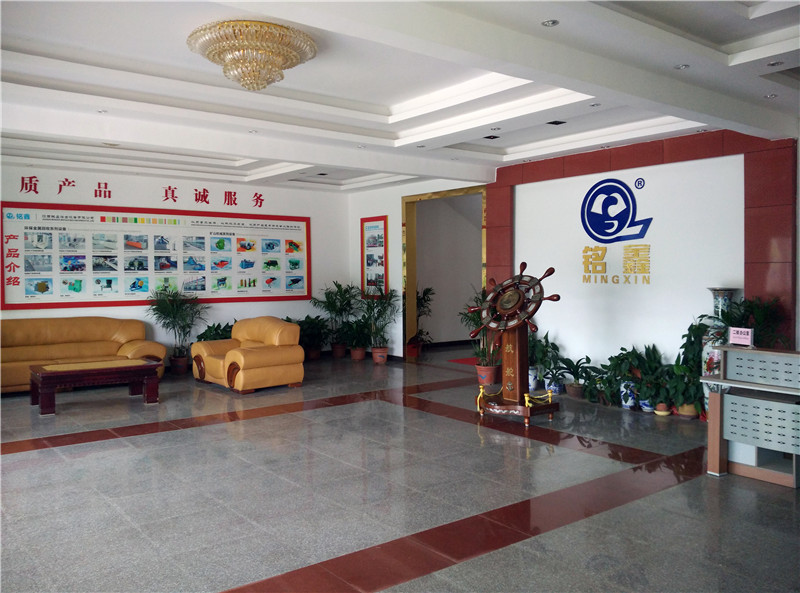Lithium-ion batteries have become an integral part of our daily lives, from smartphones to electric cars, and they provide lasting power for our devices. However, when these batteries fail or break, safety issues can arise. This article will delve into how lithium-ion batteries work, analyze the risks that may come with damaged batteries, and provide some suggestions for safe disposal.
The working principle of lithium-ion batteries Lithium-ion batteries store and release energy by moving lithium ions between positive and negative electrodes. During charging, lithium ions move from the positive electrode to the negative electrode, and during discharge, lithium ions move from the negative electrode to the positive electrode. This movement of ions takes place through an electrolyte, a substance that allows ions to pass through but not electrons.
Second, the risk of damaged batteries
1. Thermal runaway: When the battery is physically damaged or overheated, it can lead to thermal runaway, which is a chain reaction that causes the battery to heat up rapidly and possibly explode.
2. Short circuit: A damaged battery can cause an internal short circuit, which quickly depletes the battery's power and may cause a fire.
3. Chemical leakage: Damaged batteries may lead to the leakage of harmful chemicals, posing a threat to the environment and human health.
3. Safely dispose of damaged batteries
1. Avoid contact: If the battery is found to be damaged, stop using it immediately and avoid direct contact.
2. Ventilation: Place the battery in a well-ventilated place to reduce the accumulation of harmful gases.
3. Professional disposal: Contact a professional battery recycling or disposal service to ensure that the battery is safely disposed of.
Iv. Preventive measures
1. Avoid abuse: Do not expose the battery to extreme temperatures and avoid overcharging or discharging.
2. Proper storage: When the battery is not in use, it should be stored in a dry, cool place.
3. Regular inspection: Check the appearance of the battery regularly to ensure that there are no signs of damage or expansion.
Lithium-ion batteries have brought convenience to our modern lives, but they can also pose a safety risk. Understanding these risks and taking appropriate precautions can help us use these batteries safely. We hope to raise awareness of the safety of lithium-ion batteries and encourage responsible handling of these batteries.











